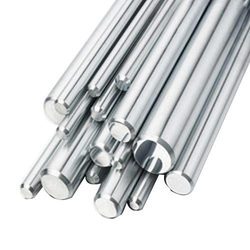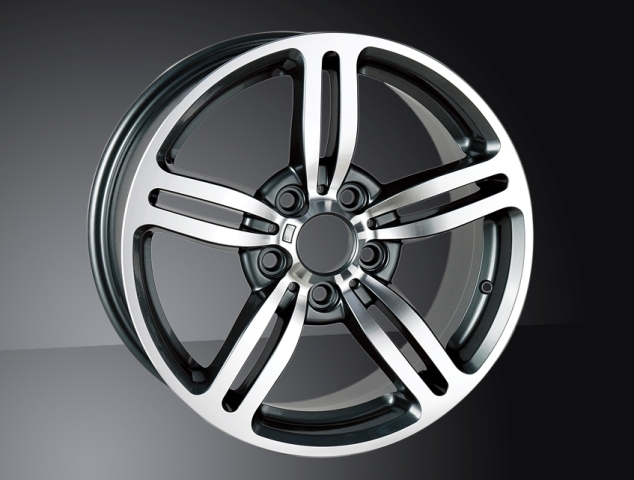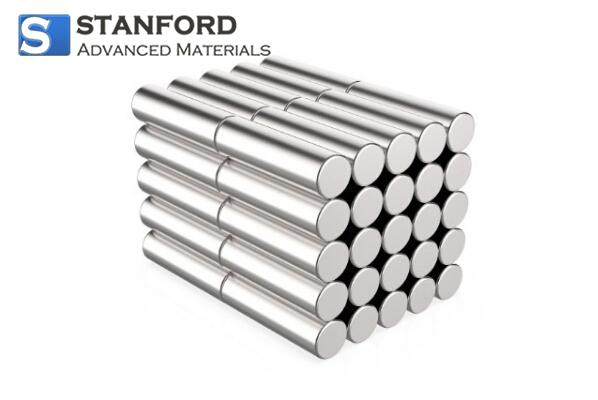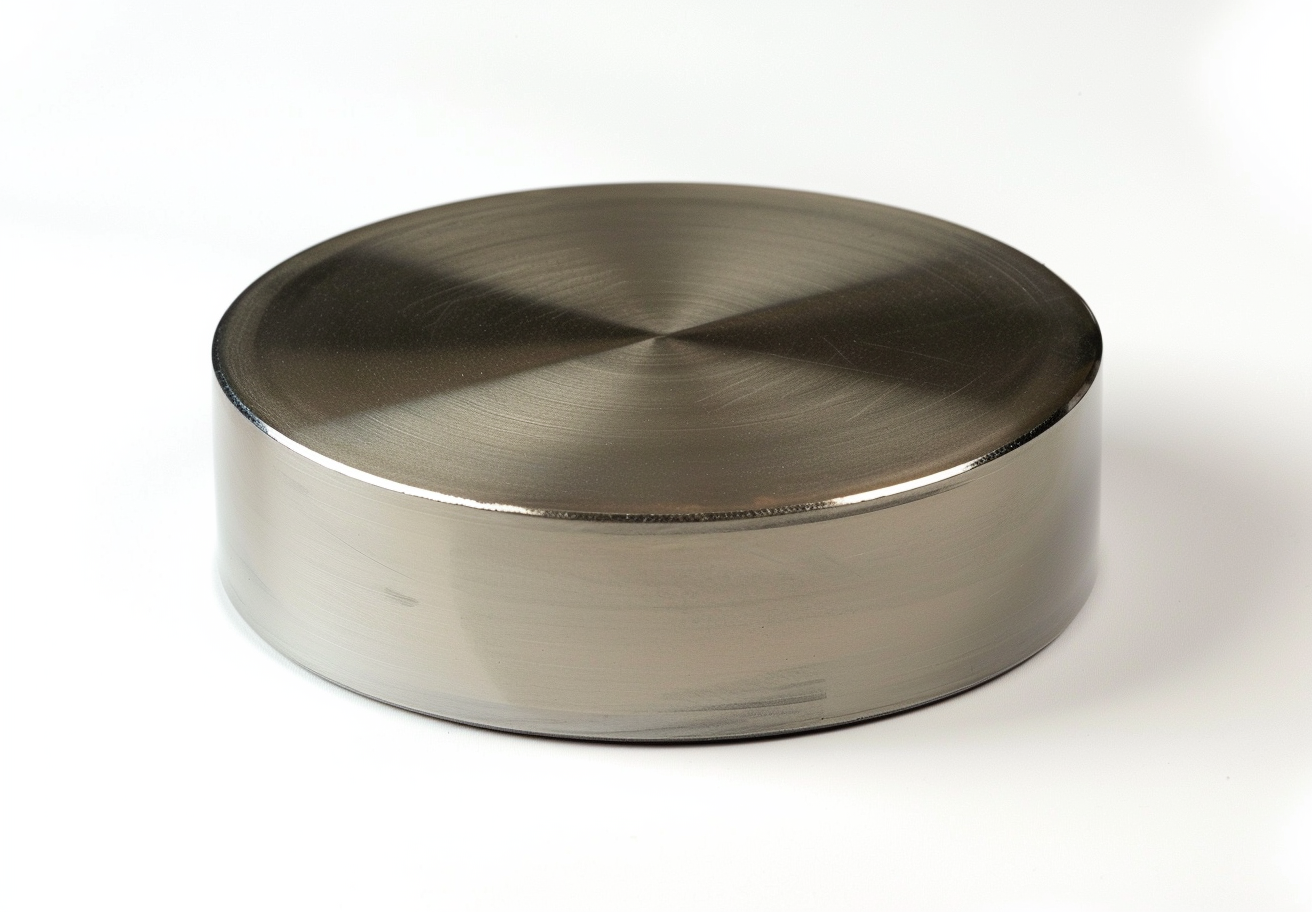How To Make Aluminum Alloys
The natural abundance and low density of aluminium prompt designers to identify multiple applications. Given that small quantities of other metals are added, the material becomes sufficiently hard to serve as a construction material.

Aircraft manufacturers have utilised aluminium for many years. They required that the materials be lightweight, stiff and resistant to temperature variations. Lithium, the lightest metallic element, can act as a substitutional impurity in an aluminium lattice. Research shows that the addition of copper increases the strength of Aluminium-Lithium alloys. Magnesium can also be introduced as an alloying element in place of lithium. These alloys exhibit lower corrosion resistance. On pure aluminium surfaces, an aluminium oxide layer develops, although impurities disrupt its continuity.
The mere combination of lithium or magnesium with aluminium does not yield a metal with high stiffness. In bronze, large tin atoms obstruct the movement of copper atoms along their slip planes. In steel, small carbon atoms occupy interstices in the iron lattice and thereby restrict atomic movement. Lithium and magnesium are not larger than aluminium and, when occupying lattice sites, do not prevent atomic displacement.
A process called precipitation hardening reduces the deformability of an aluminium alloy. The material is heated to a temperature below its melting point. Consequently, the quantity of impurity that dissolves in the aluminium increases. The alloy is cooled at a specified rate and aged for several days.

Although a lithium or magnesium atom fits into the aluminium lattice, its bond with the surrounding aluminium atoms is weaker than that of a standard aluminium atom. This condition imposes stress on the lattice and causes slight distortion. Thermal energy enables the foreign atoms to migrate within the crystal. When several lithium atoms encounter one another, they coalesce and form a precipitate that comprises an accumulation of atoms with a different, smaller lattice pattern. These precipitates obstruct the slip planes in the aluminium lattice, thereby increasing the hardness of the material.
Aluminium alloys can also be processed by cold working. Rolling and pressing deform the grains and reduce their size.

 Bars
Bars
 Beads & Spheres
Beads & Spheres
 Bolts & Nuts
Bolts & Nuts
 Crucibles
Crucibles
 Discs
Discs
 Fibers & Fabrics
Fibers & Fabrics
 Films
Films
 Flake
Flake
 Foams
Foams
 Foil
Foil
 Granules
Granules
 Honeycombs
Honeycombs
 Ink
Ink
 Laminate
Laminate
 Lumps
Lumps
 Meshes
Meshes
 Metallised Film
Metallised Film
 Plate
Plate
 Powders
Powders
 Rod
Rod
 Sheets
Sheets
 Single Crystals
Single Crystals
 Sputtering Target
Sputtering Target
 Tubes
Tubes
 Washer
Washer
 Wires
Wires
 Converters & Calculators
Converters & Calculators
 Write for Us
Write for Us


 Chin Trento
Chin Trento



